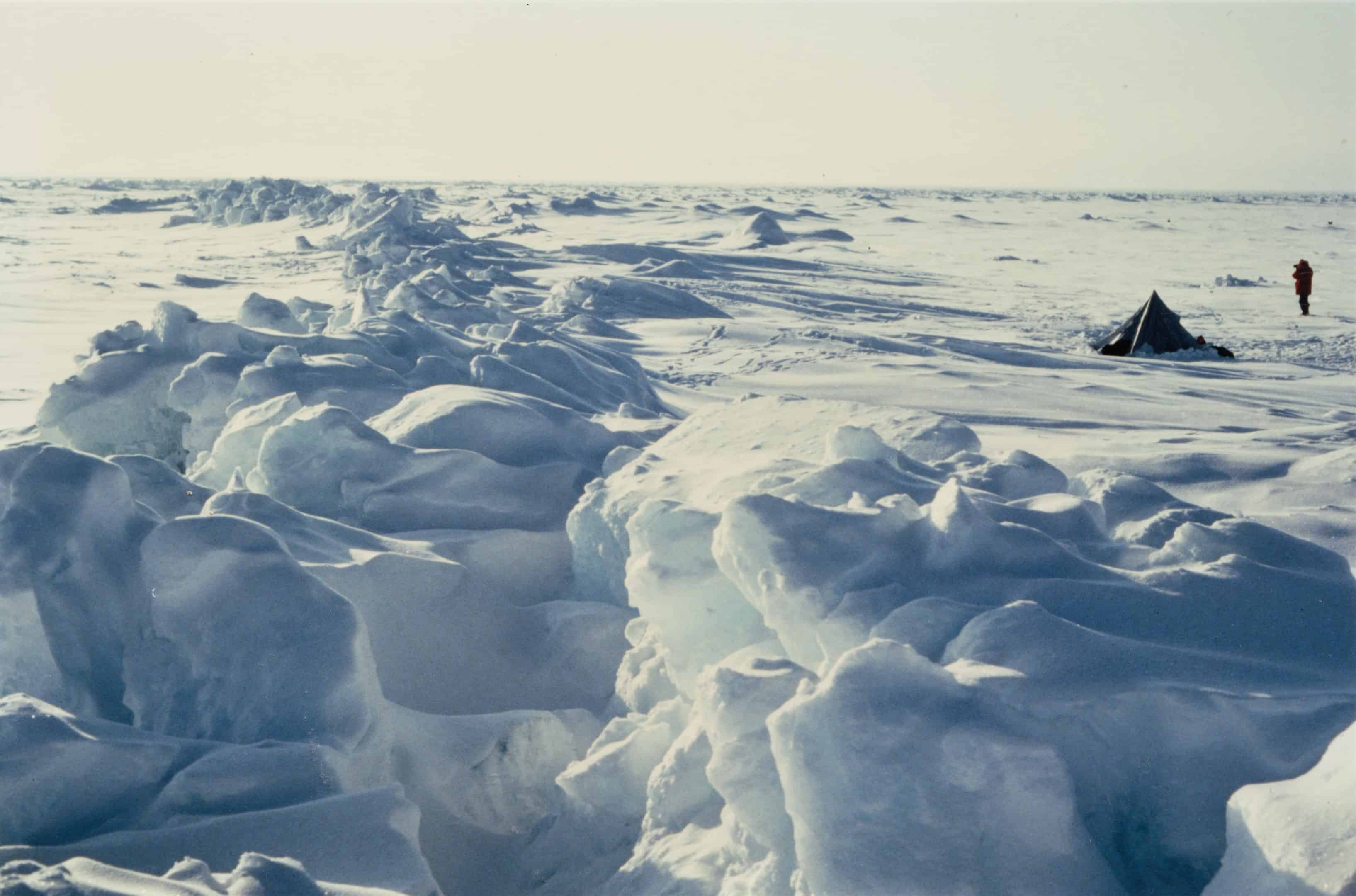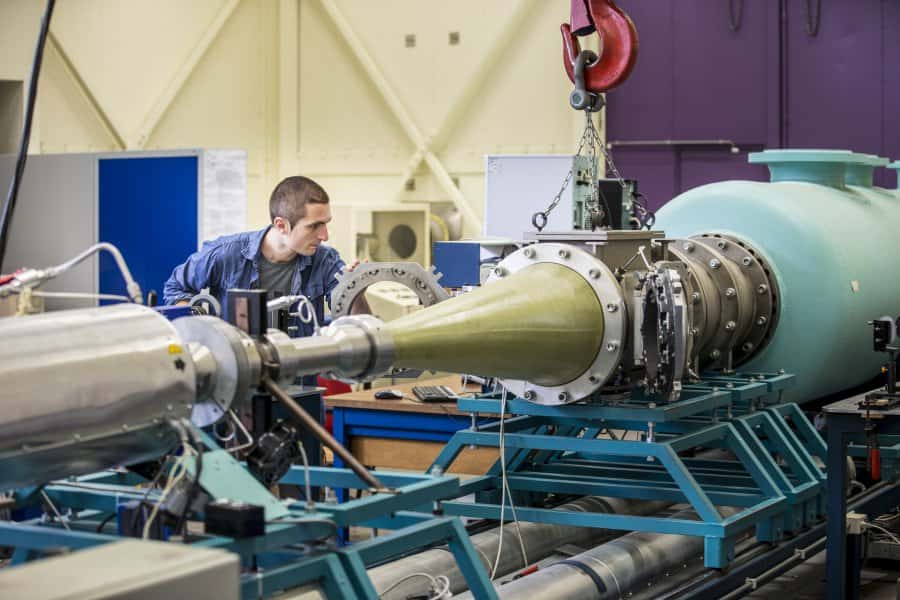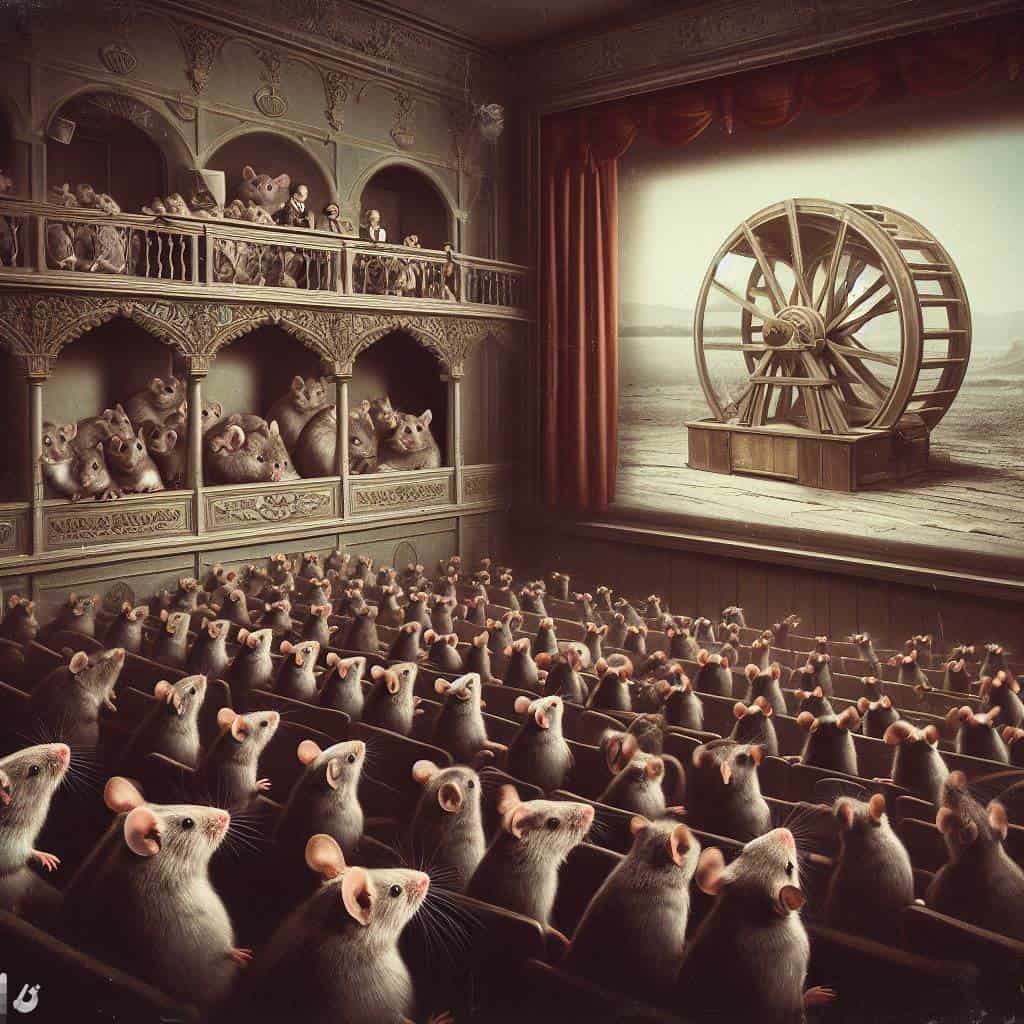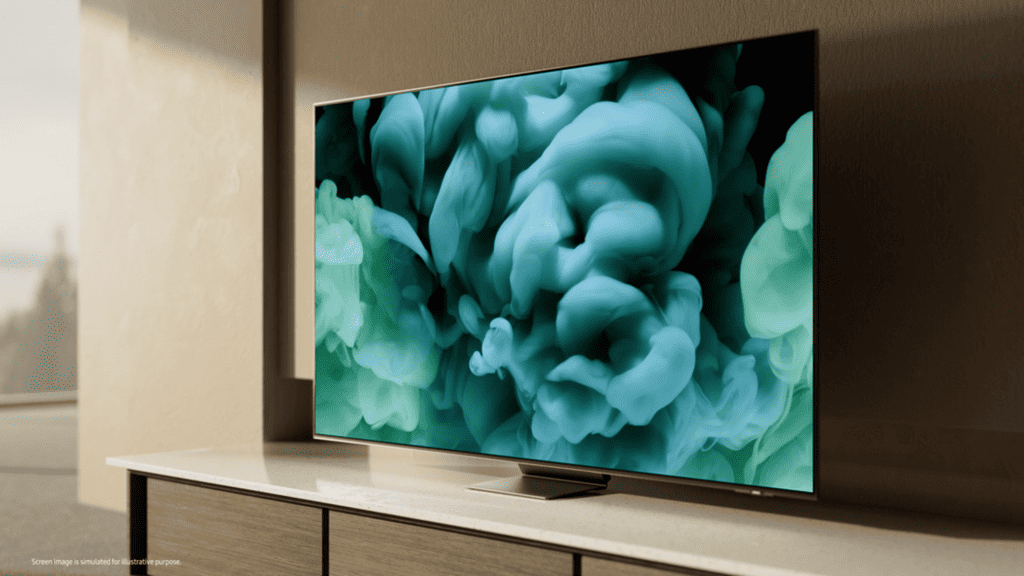
Scientists aboard the R/V Helmer Hanssen have ventured into the Arctic’s darkness to discover the secret world of marine life during polar winter. Challenging the conventional belief that the ecosystem shuts down due to lack of sunlight, researchers found that zooplankton thrive in the darkness, mating and incubating eggs, contributing to the Arctic’s spring rebirth. The Deep Impact project, led by marine ecologist Jørgen Berge, aims to study the Arctic ecosystem without disrupting marine life. Nature writes about this research.
Discovering the impact of artificial light on the Arctic ecosystem
In a groundbreaking approach to study the Arctic’s marine biology, Berge and his team of international scientists utilised darkness strategy, a technique that involves switching off all artificial lights aboard their vessel. This method allowed the researchers to observe marine organisms in their natural environment, unaltered by light pollution. The study, supported by the Research Council of Norway, is the first to document the effect of artificial light on an entire pelagic community.
Marine creatures, from zooplankton to fish, were found to react to even minimal light, moving away in response. Light is known to influence marine organism behaviour, prompting migration for food and predator avoidance. The discovery aids predictions on the effects of increasing light in Arctic seas due to reduced sea ice from climate change. The findings also question the accuracy of current winter Arctic marine population surveys, including those for commercial fish.
Understanding the sensitivity of marine organisms to light
Researchers on the Deep Impact project used the SAMS-developed light sensor and echo sounders to detect organisms in the Barents Sea, revealing that marine life in the polar night responds to even the faintest of natural light during months of darkness. Dr. Phil Anderson from SAMS commented, “Using a super sensitive light sensor developed at SAMS, we could see just how sensitive these organisms were to light… Even the smallest detection of light was enough to make these marine organisms react.”

An instantaneous response from fish and zooplankton to artificial light exposure was recorded at depths of up to 200 metres. This finding has led to extreme caution being advised for scientific surveys or stock assessments using artificial light during the Arctic winter. Prof Jørgen Berge of UiT The Arctic University of Norway said, “This is another discovery about the responsiveness of organisms to light, in one of the darkest places on the surface of the planet… We’re slowly understanding how the black box of the polar night functions.”
Adapting research methods to preserve the Arctic’s natural environment
The Deep Impact team has devised innovative solutions to the problems posed by the lights of research vessels. During their expeditions, the researchers focus on both technology and biology by lowering nets and circular steel frames called rosettes, equipped with optical and acoustic instruments, into the sea. These devices record the reactions of marine life in the remote Svalbard fjord to a lights-off, lights-on protocol, allowing scientists to monitor ocean life in the Arctic night without altering its behaviour.
With human-made artificial light generating more concern worldwide, the Deep Impact expeditions are timely. Marine biologist Jackie Grebmeier at the University of Maryland Chesapeake Biological Laboratory in Solomons said, “As the Arctic opens up, so will human impacts and artificial-light influence… The only way we’re going to have some protection and forecast impacts is to have these real-time data that Jørgen and his team are collecting.”








